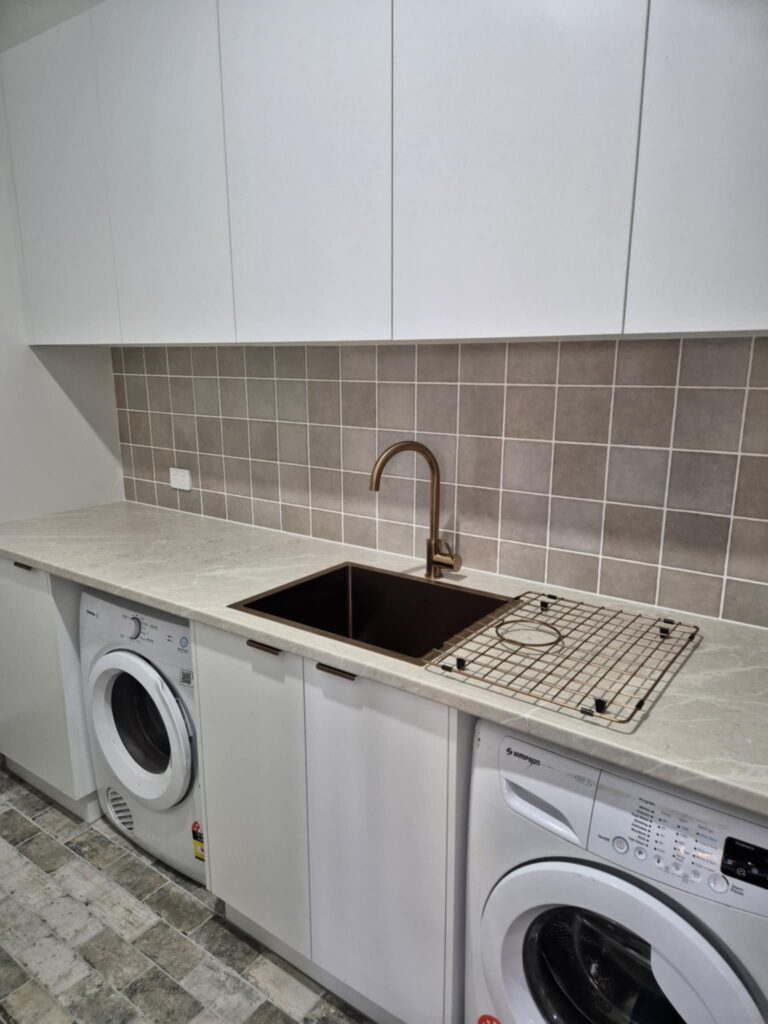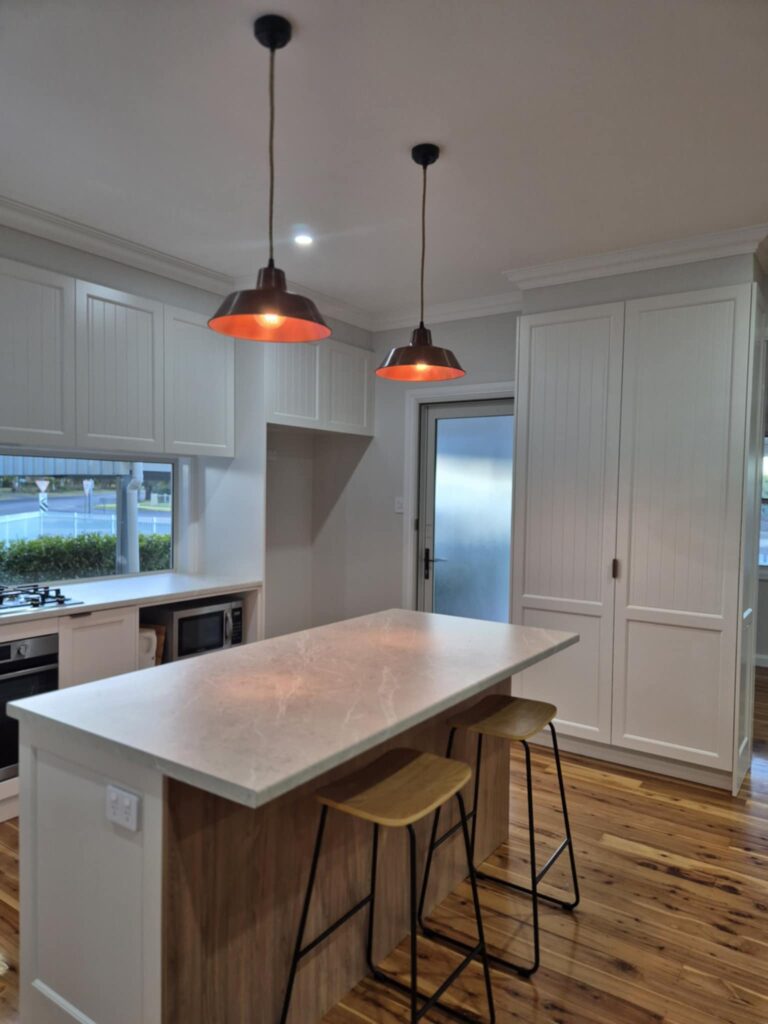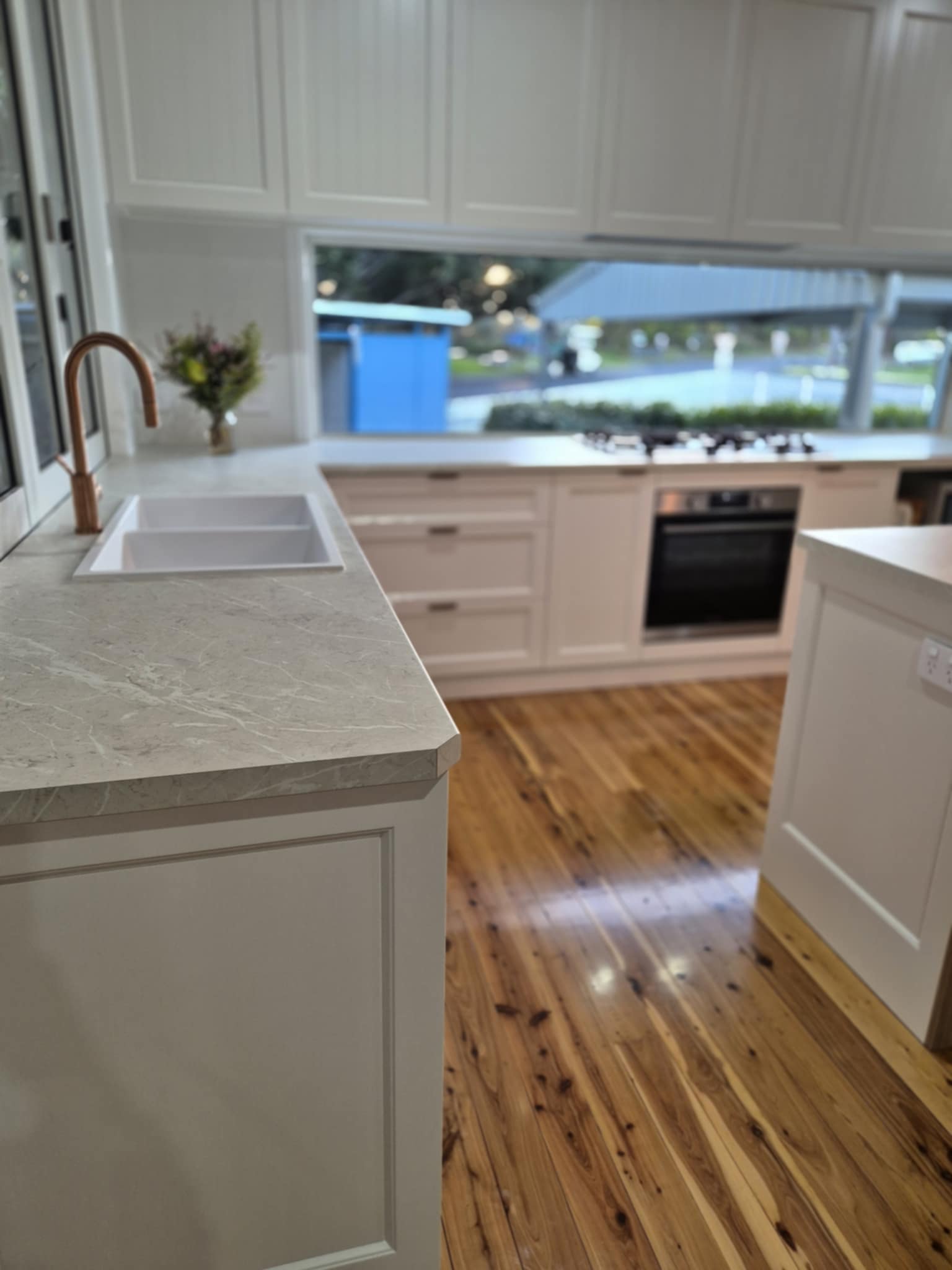Tips for Crafting Your Perfect Floorplan
Are you in the exciting phase of designing your dream home or planning a renovation?
One of the most crucial aspects of this process is crafting the perfect floorplan. A well-thought-out floorplan can significantly enhance the comfort, functionality, and ambiance of your living space.
Let’s dive into some of our expert tips to guide you through the process of creating a floorplan that’s not just functional but truly reflects your lifestyle and personality.
1. Define Your Needs and Lifestyle
Before putting pen to paper, take some time to reflect on your lifestyle, habits, and needs. Do you entertain frequently? Do you work from home and need a dedicated office space? Understanding how you use your space on a daily basis will inform the layout and design elements of your floorplan.
2. Focus on Functionality
Prioritize functionality over aesthetics when designing your floorplan. Choose an open-concept layout if social interaction and defined activity zones is a priority for you. Pay attention to traffic flow and provide ample space for movement, furniture placement, and storage solutions.
3. Maximize Natural Light
Natural light is crucial for brightening a room and offers numerous health benefits. It can make a space feel brighter, larger, and more inviting. When designing your floorplan, prioritize the placement of large windows, skylights, and open layouts to allow for deep light penetration. Position frequently used rooms to capture maximum daylight, and consider how the orientation of your home and the surrounding landscape impact natural light levels throughout the day.
4. Mind the Aspect
Your home’s aspect, or the direction it faces in relation to the sun, has a significant impact on energy efficiency. Orienting living spaces northwards keeps a consistent temperature and reduces the need for heating and cooling. Also, placing outdoor living areas like patios and decks in strategic locations optimizes sunlight exposure while creating a pleasant space to relax.
5. Prioritize Ventilation
Good ventilation is essential for maintaining a healthy indoor environment by expelling pollutants, regulating humidity levels, and preventing the buildup of stale air. When designing your floorplan, incorporate cross-ventilation by placing windows or vents on opposite walls to encourage airflow. Consider the placement of doors and windows to create natural pathways for air circulation, especially in areas prone to moisture such as bathrooms and kitchens.


6. Minimize Noise Disturbance
A peaceful and quiet home environment is essential for relaxation and concentration. When planning your floorplan, take measures to minimize noise transmission between rooms and from external sources. Consider the placement of bedrooms away from noisy areas such as the garage or street-facing facades. Invest in soundproofing materials for walls, floors, and ceilings, especially in shared walls between living spaces.
7. Flexibility for Future Needs
As your lifestyle changes, your need for space may also change. It’s important to design your floorplan with flexibility in mind, so that it can adapt to future needs. You can achieve this by including multipurpose spaces that can serve different functions as required. For instance, a home office can also function as a guest bedroom, or a basement can be converted into a recreational area. Additionally, it’s worth considering incorporating universal design principles to ensure that your space is accessible to people of all ages and abilities.
8. Seek Inspiration
Draw inspiration from a variety of sources, including design magazines, websites, and real-life spaces. Explore different architectural styles, layouts, and decor ideas to inform your own floorplan design. Don’t be afraid to get creative and inject your personality into the design process.
9. Consult with Professionals
Designing a floorplan is a complex task that may require the expertise of architects, interior designers, or contractors. Don’t hesitate to seek professional guidance and advice to ensure that your vision is translated into a practical and aesthetically pleasing floorplan.
10. Iterate and Refine
Creating the perfect floorplan is often a process of trial and error. Don’t be discouraged if your initial design doesn’t quite hit the mark. Take the time to iterate, refine, and fine-tune your floorplan until it aligns with your vision and meets your needs.
Crafting your ideal floorplan is a deeply personal and rewarding endeavor that requires careful consideration and planning. By following these tips and guidelines, you can create a floorplan that not only meets your practical requirements but also reflects your unique style and personality. Happy designing!

Tailored Modification or Custom Design?
When embarking on your journey to create the perfect floorplan, generally you have two main options: you can opt for a tailored modification of a pre-designed plan or embark on the exciting adventure of creating a custom home design from scratch.
- Tailored Modification: If you find a pre-designed plan that closely aligns with your vision and requirements, opting for a tailored modification can be a cost-effective and efficient solution.
- Custom Design: On the other hand, creating a custom home design offers unparalleled freedom and creativity. This option allows you to design every aspect of your home from the ground up, ensuring that every detail reflects your unique style, preferences, and lifestyle. While custom design projects typically require more time, effort, and investment, the end result is a truly one-of-a-kind home that perfectly suits your family’s needs and aspirations.
*The tips provided in this blog post are for general advice only and may not apply to every situation. It’s important to consult with professionals to consider your specific circumstances before undertaking building or renovation projects.

